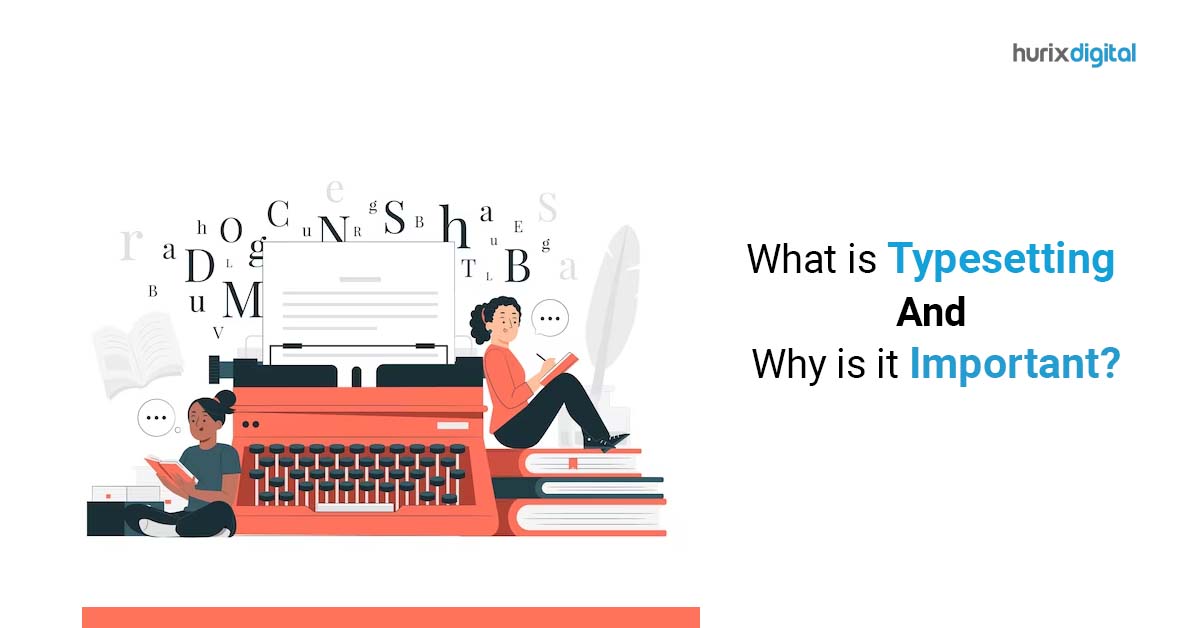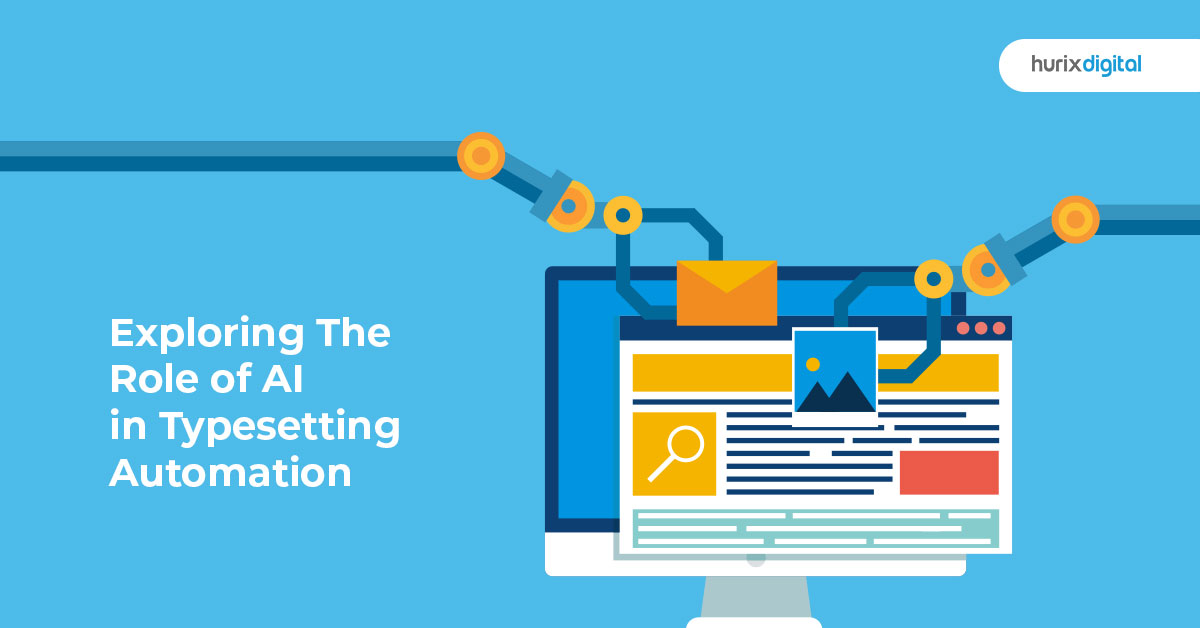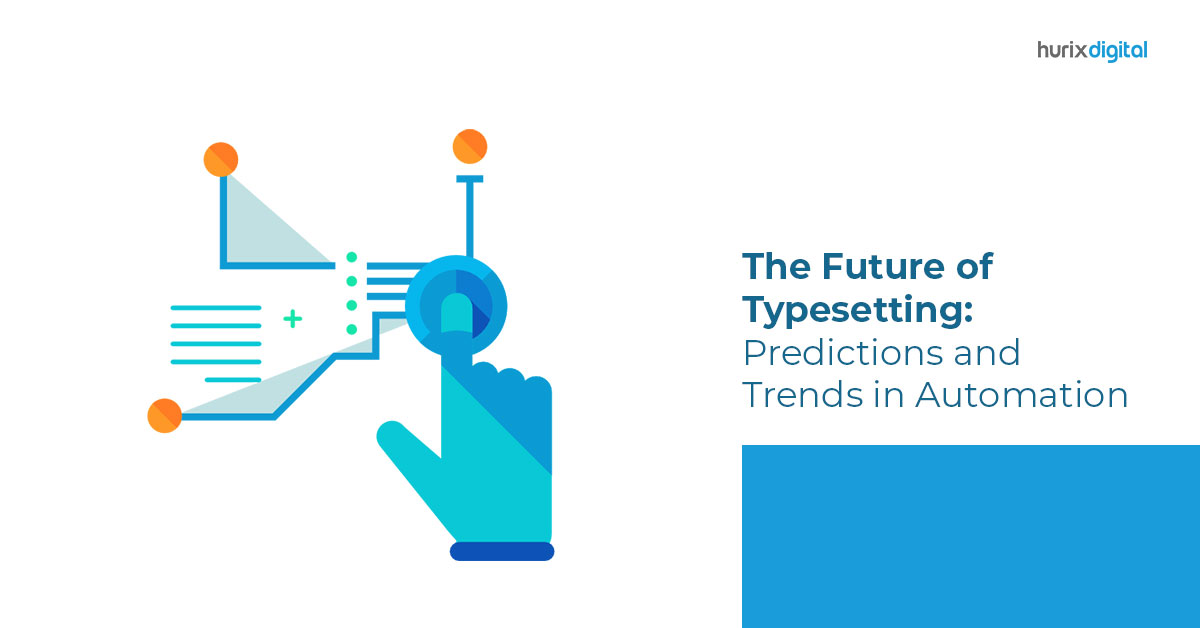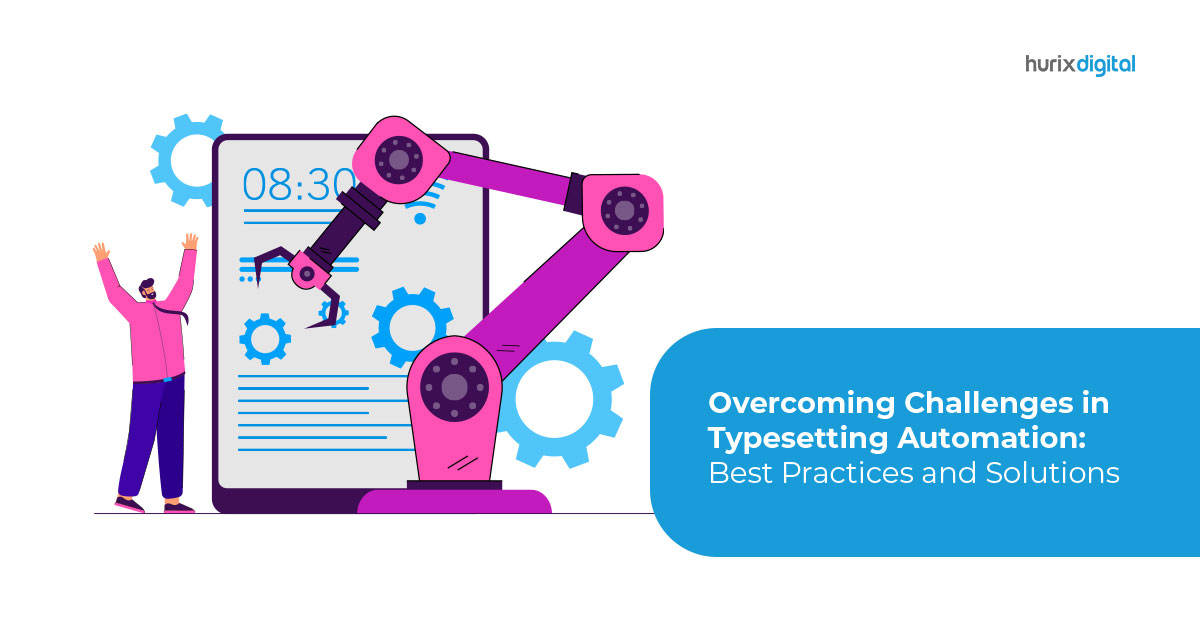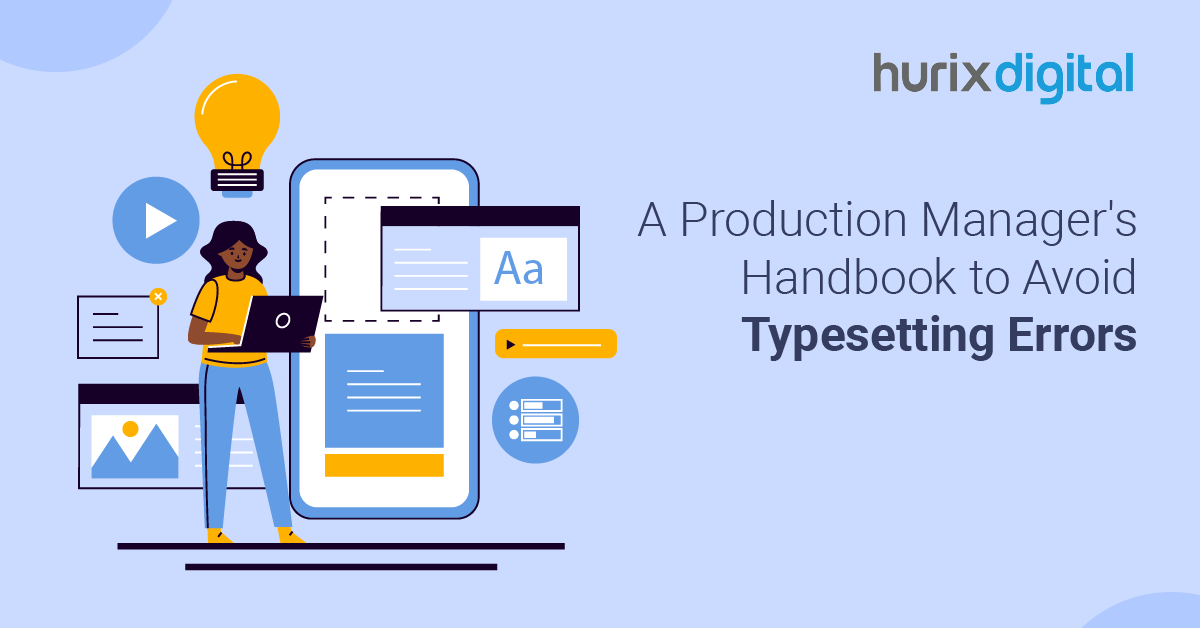
A Production Manager’s Handbook to Avoid Typesetting Errors
Summary
This blog provides essential typesetting tips for production managers, covering typography, software, design, readability, and prepress to improve online publications.
Typesetting isn’t just for print; it’s essential for digital content, too. Good typesetting guarantees that your digital content is readable and eye-catching on any device.
For production managers, typesetting is all about adapting layout, font choices, and spacing to create a smooth reading experience, regardless of screen size. It ultimately makes your content stand out in the crowded online space. Conversely, poor typesetting can distract and confuse, turning readers away.
This guide is specially curated for production managers who are looking for typesetting tips and tricks for better publication outcomes. Read on!
Table of Contents:
5 Typesetting Essentials for Production Managers
Here are the top five essentials to ensure quality typesetting in your publications:
1. Be Thorough with Typography Basics
Typography is more than just picking a font. It helps you create a visual hierarchy and guide the reader’s eye. Nevertheless, the first step would be font selection. It is interesting to note that not all fonts that work well for print would have the same efficiency for digital media.
A safe pick would be Ariel, the most used online font used by over 604,000 websites. Alternatively, you can also go for Roboto, Lato, Montserrat, and Open Sans. Be consistent with your font choices to maintain a professional look.
Font size matters, too. For body text, 16–18 pixels work well online. Headings should be larger to create clear distinctions between sections. Pay attention to line spacing or leading. Too tight, and the text becomes difficult to read; too loose; and it looks disjointed. A good rule of thumb is 120–145% of the font size.
2. Familiarize Yourself with Typesetting Software for Production
The worldwide typesetting software market by revenue was worth $111 billion in 2023 and is promised to reach $201.6 billion by the year 2031. That means between 2023 and 2031, its expected CAGR would be 8.9%. This growth is borne out of increasing demand; thus, this is a perfect opportunity to bring efficiency to your production line through the use of better typesetting tools.
Now, you may wonder which typesetting software would be best for you. Well, you can always start with industry standards like Adobe InDesign, QuarkXPress, and LaTeX.
- Adobe InDesign is versatile and offers advanced layout options and precise control over typography. It’s great for complex projects like magazines and books.
- QuarkXPress is another typesetting tool which runs on both MacOS and Windows. It is known for its extensive layout and design features.
- LaTeX, while more technical, excels in producing scientific and technical documents with complex formulas and references.
Simply choosing a typesetting software would do nothing for you. You and your production team have to spend time learning the specific features of your chosen software. Plus, understand how to use master pages to maintain consistent layouts across your document. A good tip would be to utilize preflight checks to identify and fix potential issues before finalizing your document.
Also Read: What is Typesetting and Why is it Important?
3. Pay Special Attention to the Publication Design
You may not believe it, but design plays a pivotal role in the success of any publication. Therefore, as a production manager, your focus must be on creating layouts that are functional and attractive. To do so, you can take advantage of the grid system. It provides a framework for organizing content, and its consistent use helps maintain balance and alignment across pages.
The next tip is to pay attention to margins and gutters. Adequate margins create a clean, uncluttered look, while gutters prevent text columns from running into each other. You can use a hierarchy to guide the reader’s eye through the document; i.e., headings, subheadings, and body text should have distinct styles and sizes.
And finally, choose a color scheme that complements the content. Use images and graphics thoughtfully. They should support and improve the text, not overwhelm it. It is always recommended to use high-resolution images and make sure they are properly aligned with the text.
4. Aim to Achieve Maximum Readability
Readability and typesetting go hand in hand to create an accessible and engaging reading experience.
Make sure you select legible fonts for body text and use decorative fonts sparingly. Set appropriate line spacing (leading) to prevent it from looking cramped or overly spread out. In general practice, a line length of 50–75 characters per line makes the content more readable.
Break up large chunks of text with subheadings and bullet points. Similarly, maintain a contrast between text and background. Dark text on a light background improves readability. Also, use white space strategically to avoid overwhelming the reader and to highlight important sections.
5. Include a Prepress Workflow in the Production
Prepress workflow for production is a must-have for all production managers. Here’s everything you need to check and verify in a prepress workflow:
- Proofread all text for spelling, grammar, and formatting errors.
- Verify image resolution and make sure all images are high-quality.
- Check image placement and alignment within the document.
- Manage colors consistently and accurately throughout the document.
- Set up bleeds and trim marks if necessary for printing.
- Confirm correct page sequencing and orientation.
- Double-check file formats and compatibility with printing requirements.
- Conduct a final preflight check to catch any potential issues.
- Obtain approval from stakeholders before finalizing and sending files for printing.
Also Read: Four Top Transformative Trends in Prepress Services
To Wrap Up
Mastering the fundamentals of typography and fully utilizing typesetting software are essential steps for you and your team to achieve optimal results.
As a production manager, you have to experiment with new tools and techniques to refine the publication outcomes. Having said that, you have to learn to balance creativity with precision in typesetting.
Hurix Digital offers pre-press and editorial services designed to refine your content for publication. Our professional prepress services prepare manuscripts and designs with attention to detail, covering proofreading, formatting, and more.
Similarly, Hurix Digital’s editorial services include professional editing, copyediting, and content enhancement to improve the quality and clarity of your publications.
Book a discovery call with us today to learn more!

Vice President – Digital Content Transformation. He is PMP, CSM, and CPACC certified and has 20+ years of experience in Project Management, Delivery Management, and managing the Offshore Development Centre (ODC).
